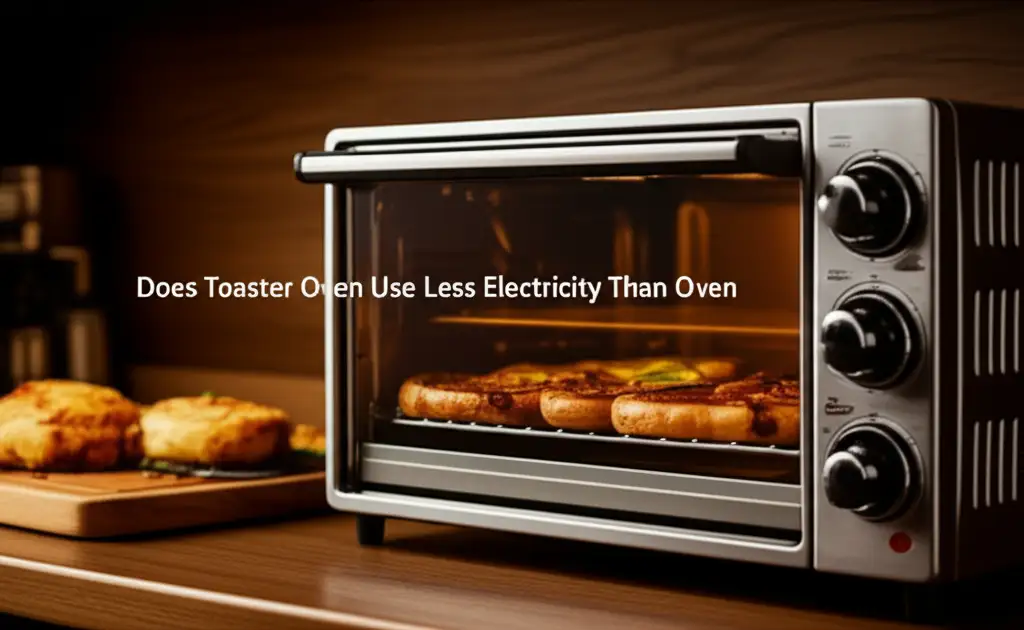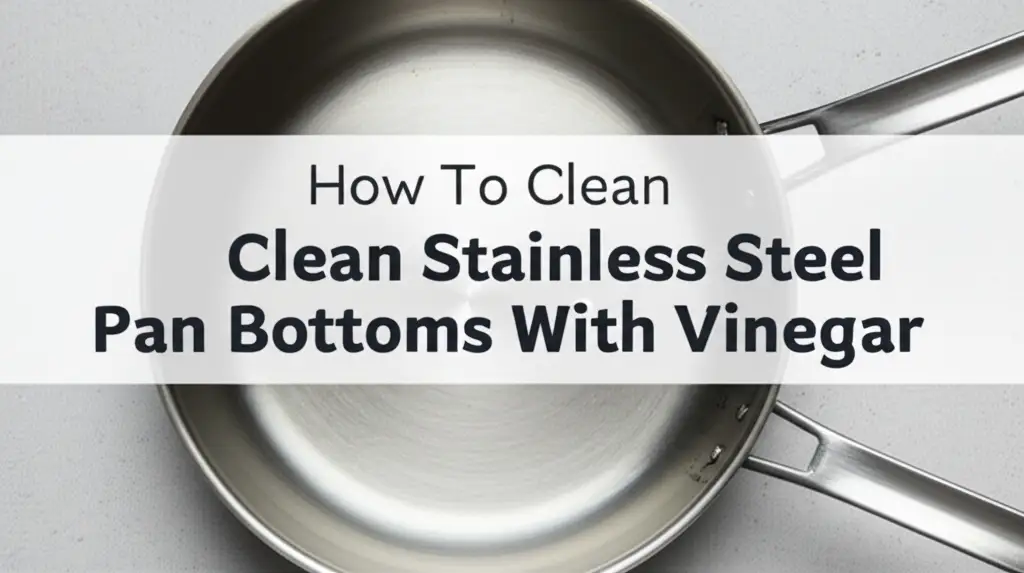· Todd Martin · Kitchen Care · 11 min read
Does Toaster Oven Use Less Electricity Than Oven

Toaster Oven vs. Oven: The Energy Showdown
Have you ever stopped to wonder which appliance in your kitchen uses more power? It’s a common thought as electricity bills climb. We all want to save energy where we can. Many people ask: “Does a toaster oven use less electricity than an oven?” This is a smart question to consider.
Understanding energy use helps us make better choices. It saves money and helps the environment. This article will compare toaster ovens and full-sized ovens. We will look at their electricity consumption. We will discuss what factors influence their energy use. You will learn practical tips to cook more efficiently. Let’s find out which appliance wins the energy battle.
Takeaway
- Toaster ovens generally use less electricity than full-sized ovens for small tasks.
- Full-sized ovens are more efficient for large meals or baking large items.
- Consider the size of your food, cooking time, and appliance wattage.
- Proper use and maintenance can further reduce energy consumption for both.
Yes, for most small-to-medium tasks, a toaster oven uses significantly less electricity than a full-sized oven. This is because it has a smaller cavity to heat. It also preheats faster and often uses less power (wattage) overall. This makes the toaster oven more energy-efficient for everyday cooking needs.
Understanding Appliance Power and Consumption
Every electric cooking appliance needs power to work. This power creates heat. We measure power in watts. A higher wattage means an appliance uses more power at one time.
Electricity companies charge us based on kilowatt-hours (kWh). One kilowatt-hour is 1,000 watts used for one hour. For example, a 1,000-watt appliance uses 1 kWh if it runs for one hour. A 2,000-watt appliance uses 2 kWh in one hour.
Full-sized ovens typically have a high wattage. They often range from 2,000 to 5,000 watts. This high wattage allows them to heat a large space quickly. Toaster ovens have a lower wattage. Their power usually ranges from 1,000 to 1,800 watts.
The total electricity used depends on both wattage and how long you cook. A high-wattage oven running for a short time might use less energy than a low-wattage toaster oven running for a very long time. However, for typical cooking tasks, the wattage difference is important. We want to consider both power and cooking duration. This helps us understand real energy costs.
Why Toaster Ovens Are Often More Energy-Efficient
Toaster ovens typically use less electricity than full-sized ovens. Several design features contribute to this. First, a toaster oven has a much smaller interior space. This means less air needs heating. Less air needs less energy.
Second, toaster ovens preheat quickly. They reach the desired temperature in minutes. A full-sized oven can take 10 to 15 minutes or longer to preheat. This shorter preheating time saves energy. It reduces the period the appliance draws high power.
Third, toaster ovens often have lower wattage. As mentioned, their wattage is usually between 1,000 and 1,800 watts. Full ovens can be 2,000 to 5,000 watts. Lower wattage means less electricity used per minute. This difference adds up during cooking.
Finally, toaster ovens can be more insulated for their size. This helps them hold heat better. Less heat escapes. This also contributes to energy savings. For small meals, reheating leftovers, or making toast, a toaster oven is a clear winner in energy efficiency. For example, when you want to reheat food, using a toaster oven is very efficient. Learn how to use a toaster oven to reheat food efficiently by clicking here.
When a Full-Sized Oven Makes More Sense
While toaster ovens are energy efficient for small jobs, full-sized ovens have their place. They are essential for cooking larger quantities of food. If you are preparing a whole chicken, a large turkey, or multiple casseroles, a toaster oven is too small. A full oven can handle these big items easily.
Full-sized ovens often provide more even heat distribution. This is especially true for baking. Large cakes, multiple cookie sheets, or bread loaves benefit from the consistent heat in a spacious oven. A full oven’s size prevents crowding. Crowding can lead to uneven cooking.
Some specific recipes require a full-sized oven. These might include dishes needing specific rack placements or high temperatures for long periods. Baking multiple items at once in a full oven can also be energy-efficient. You heat the large space once for many items. This can be more efficient than heating a small toaster oven multiple times. For example, if you bake a full batch of cookies, using your large oven makes sense. After cooking, remembering to clean the bottom of your oven helps with maintenance. Discover tips on how to clean the bottom of your oven here.
Factors Influencing Energy Consumption Beyond Appliance Type
Many things affect how much electricity your oven uses. The appliance type is just one factor. First, the insulation quality matters. A well-insulated oven keeps heat inside. Poor insulation lets heat escape, making the oven work harder. This wastes electricity.
The age of your appliance also plays a role. Older ovens may be less efficient. Seals around the oven door can wear out. This allows heat to escape. Newer models often have better insulation and more efficient heating elements. They can save energy over time.
Your cooking habits significantly influence energy use. Opening the oven door frequently releases heat. The oven then needs more energy to get back to temperature. Also, preheating the oven longer than needed wastes power. Using appropriate cookware can help too. Glass or ceramic dishes retain heat better. This allows you to cook at lower temperatures or for shorter times.
Lastly, the temperature setting affects energy use. Higher temperatures demand more power. Cooking food at the lowest effective temperature saves electricity. Being mindful of these factors helps reduce your energy bill.
Practical Tips to Reduce Oven Electricity Use
Reducing electricity use from your oven is simple. Smart habits make a big difference. First, preheat your oven only when necessary. Many dishes, especially smaller ones, do not need a preheated oven. You can put food in a cold oven and then turn it on.
Second, use residual heat. Turn off the oven a few minutes before cooking is complete. The remaining heat will finish the job. This works well for items like roasted vegetables or casseroles. Third, bake multiple dishes at once. If you are heating your large oven, fill it up. Cook different items for future meals.
Fourth, use glass or ceramic dishes. These materials absorb and retain heat better. You can often lower the cooking temperature by 25 degrees Fahrenheit. This saves energy. Fifth, avoid opening the oven door too often. Every time you open the door, heat escapes. The oven must work harder to regain temperature. Use the oven light to check your food.
Lastly, keep your oven clean. A dirty oven with baked-on food can affect efficiency. Food particles absorb heat. This makes the oven work longer. Cleaning your toaster oven often is a good practice. Learn how to clean your toaster oven effectively by checking out this guide: how to clean toaster oven.
Comparing Specific Models and Features
Not all toaster ovens or full-sized ovens are the same. Different models offer unique features that affect energy use. One popular type is the air fryer toaster oven. These appliances combine the functions of a toaster oven with an air fryer. Air fryers use a strong fan to circulate hot air. This cooks food faster and more evenly. For “fried” items, they are often more efficient than deep frying or even conventional oven baking.
Convection features are another key factor. Both toaster ovens and full-sized ovens can have convection settings. A convection fan circulates hot air inside the oven. This speeds up cooking time by 20-30%. It also allows you to cook at lower temperatures. This saves significant energy. If your appliance has a convection option, use it. For example, understanding how to use a KitchenAid toaster oven air fryer can help you maximize its efficiency. Find more details on using a KitchenAid toaster oven air fryer here.
Smart features are also becoming common. Some modern ovens and toaster ovens have smart technology. They can preheat based on recipes or even learn your cooking habits. This can optimize energy use. However, the biggest savings come from efficient cooking methods like convection and proper sizing. Consider an air fryer toaster oven for combined benefits. Discover how to use a Cosori smart air fryer toaster oven for advanced cooking here.
The Financial and Environmental Impact of Appliance Choice
Choosing the right cooking appliance has both financial and environmental benefits. When you use less electricity, your utility bills go down. These savings add up over time. Even small daily energy savings can result in significant annual savings. For example, using a toaster oven for reheating a single slice of pizza instead of a large oven can save several cents each time. Over a year, this small choice can reduce your costs noticeably.
Reducing electricity consumption also helps the environment. Most electricity comes from power plants that burn fossil fuels. This releases greenhouse gases. These gases contribute to climate change. By using less energy, you reduce your carbon footprint. You help lessen the demand for electricity production. This means fewer emissions and a healthier planet.
When buying a new appliance, think about your typical cooking needs. If you often cook small meals for one or two people, a toaster oven might be your primary cooking tool. If you have a large family or entertain often, a full-sized oven is necessary. However, you can still complement it with a toaster oven for smaller tasks. Making smart appliance choices means considering both the initial cost and the long-term running costs. It also means contributing to a more sustainable future.
FAQ Section
Q1: Is a toaster oven cheaper to run than an air fryer?
Toaster ovens and air fryers can both be energy-efficient. Many modern toaster ovens now include an air fryer function. Standalone air fryers are typically smaller than toaster ovens. This means they heat up very quickly. For small batches of food, a dedicated air fryer might be slightly more energy-efficient due to faster cooking times. However, the difference is often minimal if the toaster oven has a good convection or air fryer setting.
Q2: How much electricity does a toaster oven use per hour?
A typical toaster oven uses between 1,000 and 1,800 watts. To calculate electricity use per hour, divide the wattage by 1,000 to get kilowatts (kW). Then multiply by your electricity rate per kWh. For example, a 1,500-watt toaster oven uses 1.5 kWh in one hour. If your electricity costs $0.15 per kWh, it would cost about $0.225 to run for an hour.
Q3: Can I replace my regular oven with a toaster oven?
You can replace a regular oven with a toaster oven for many small and medium cooking tasks. This works well if you have limited space or cook for one or two people. However, a toaster oven cannot handle large roasts, multiple baking sheets, or very large casseroles. It is best to think of a toaster oven as a very versatile supplement to a full oven, or a primary cooker for small households.
Q4: Do convection toaster ovens save more electricity?
Yes, convection toaster ovens can save more electricity. The convection fan circulates hot air evenly inside the oven. This reduces cooking time. It often allows you to lower the cooking temperature. Both factors contribute to lower energy consumption. Convection cooking results in faster, more even cooking. This makes the appliance more efficient overall.
Q5: What’s the wattage difference between ovens and toaster ovens?
Full-sized ovens usually have a wattage range of 2,000 to 5,000 watts. Some high-power models may even exceed this. Toaster ovens, on the other hand, typically range from 1,000 to 1,800 watts. This significant difference in wattage means that full ovens draw much more power when they are actively heating. This is why toaster ovens are more efficient for smaller tasks.
Q6: How long does it take for a toaster oven to preheat compared to an oven?
Toaster ovens generally preheat much faster than full-sized ovens. A toaster oven can reach its desired temperature in about 5 to 8 minutes. A full-sized oven often takes 10 to 15 minutes or even longer, especially if heating to a high temperature. This faster preheating time is a key reason why toaster ovens are more energy-efficient for quick cooking jobs.
Conclusion
The question “Does a toaster oven use less electricity than an oven?” has a clear answer. Yes, for most everyday small-scale cooking, a toaster oven uses significantly less electricity. Its compact size, lower wattage, and faster preheating make it a highly energy-efficient choice. A full-sized oven remains essential for large meals and baking multiple items.
Making informed decisions about your kitchen appliances helps you save money on electricity bills. It also helps reduce your environmental impact. Consider your cooking habits and the size of your household. Choose the appliance that best fits your needs. You can use both appliances smartly to maximize energy savings. Evaluate your daily cooking needs. Make smart choices that benefit your wallet and the planet.




